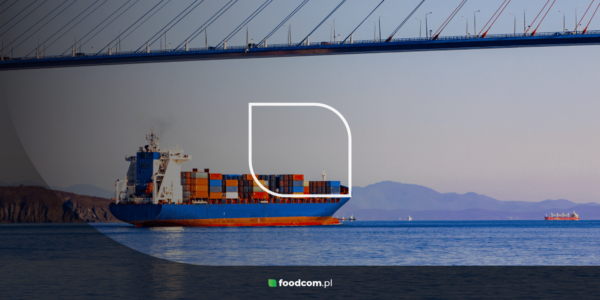Trade liberalization – what is it?
Trade liberalization is a process that involves reducing trade barriers, such as tariffs and quotas, to increase the flow of goods and services between countries. The goal of liberalization is to create a more open and competitive trading environment, which contributes to economic growth, improved efficiency and greater consumer choice.
Trade liberalization is a key element of economic globalization, as it enables countries to participate in international markets and benefit from comparative advantages. In practice, this means that countries seek to reduce trade restrictions by negotiating through bilateral or multilateral agreements, such as those organized by the World Trade Organization (WTO) or regional trade agreements.
The benefits of trade liberalization include increased production efficiency, lower prices for consumers and stimulation of innovation. However, the process may also face resistance, both from the manufacturing sector, which fears competition, and from workers, who may be at risk of losing their jobs as a result of opening markets.
Frequently asked questions
1 What are the benefits of trade liberalization?
Benefits include increased competitiveness, access to new markets and the ability to use cheaper raw materials and products.
2. What are the challenges of trade liberalization?
Challenges include the risk of increased competition for local producers and the need to comply with international standards.




